Podcast
JUN 28, 2023
Product career and alignment – Donna Lichaw on The Product Experience (Part 2 of 2)
Read next
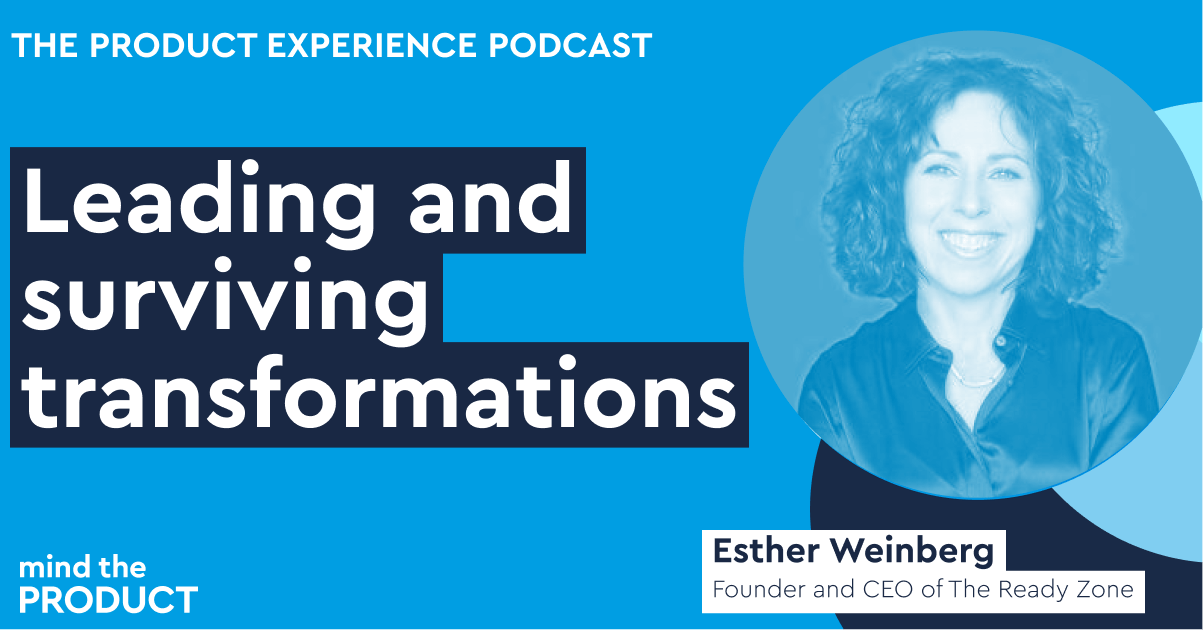
Digital Transformation
Leading and surviving company transformations — Esther Weinberg on The Product Experience
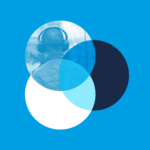
The Product Experience
- 1 min read
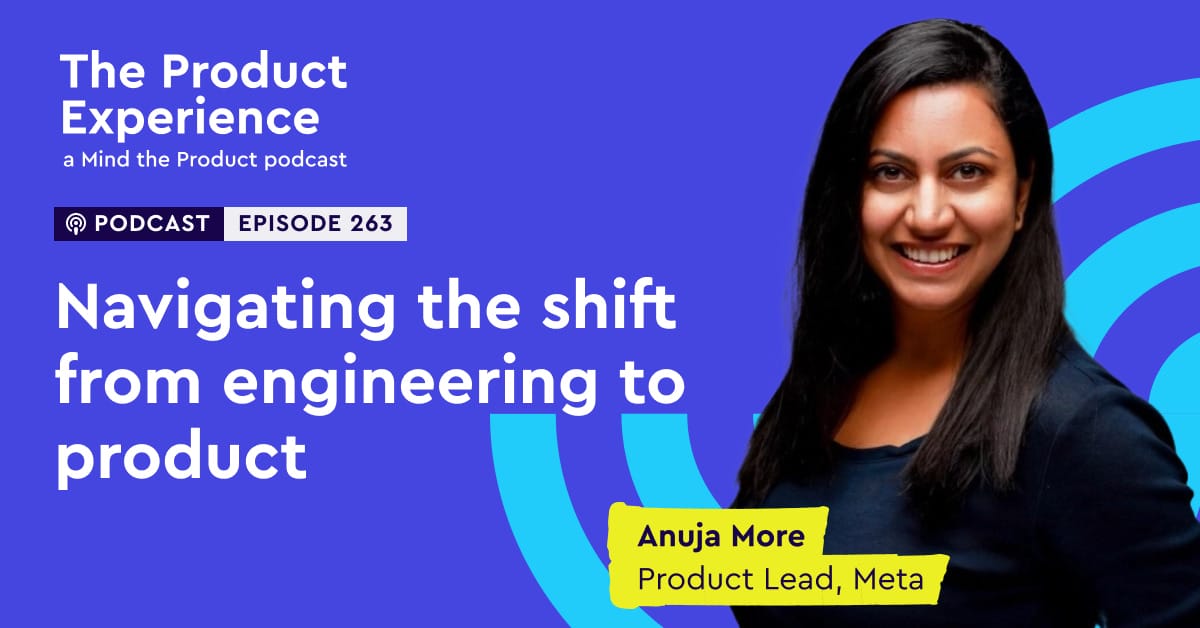
Podcast
Navigating the shift from engineering to product – Anuja More (Product Lead, Meta, Whatsapp) at Meta

The Product Experience
- 1 min read
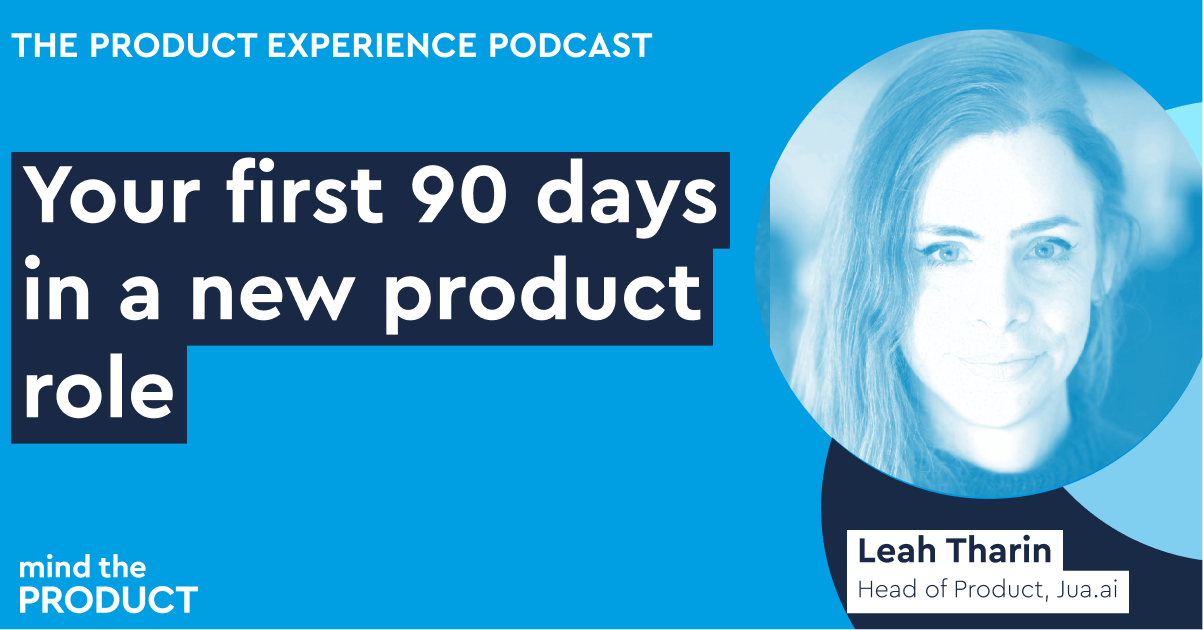
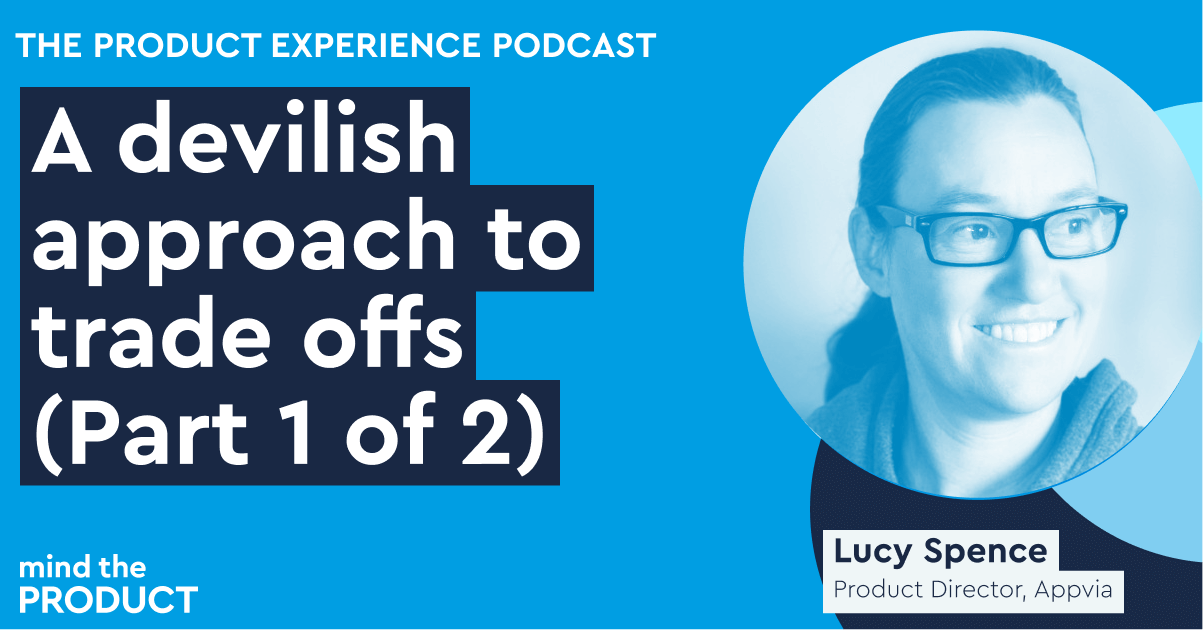
Comments
Join the community
Sign up for free to share your thoughts